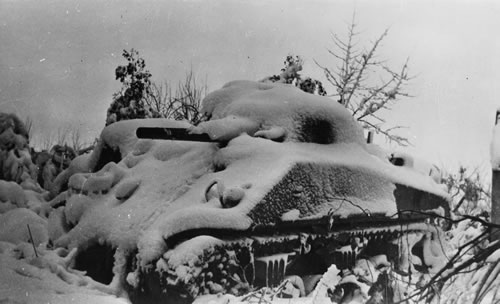

(3) This was acceptable to Sir Douglas Haig, Commander-in Chief of the British Army, as he had doubts about the value of tanks. (2) Mark I (Mother)Īccording to Colonel Charles Repington, that the government's greatest advocate of tanks, Winston Churchill, "wanted them to wait until there were something like a thousand Tanks, and then to win a great battle with them as a surprise". Although without military experience, Lloyd George and McKenna saw their potential and placed an order for a 100 tanks. Lord Kitchener was unimpressed describing tanks as "mechanical toys" and asserting that "the war would never be won by such machines". Under conditions of great secrecy, Lord Kitchener, Secretary of State of War, David Lloyd George, Minister of Munitions, and Reginald McKenna, the Chancellor of the Exchequer, were invited to Hatfield Park on 2nd February, 1916 to see Mark I in action. It was decided to demonstrate the new tank to Britain's political and military leaders. parapet and convinced watchers of its "obstacle-crossing ability". In trials carried out in January 1916 the tank crossed a 9ft. Sponsons were also fitted to the sides to accommodate two naval 6-pound guns. This kept the centre of gravity low and the extra length helped the tank grip the ground. Mark I, nicknamed Mother, was much longer than the first tank they made.

The two men immediately began work on an improved tank. Wilson and William Tritton in the late summer of 1915 revealled several technical problems. The production of Little Willie by Lieutenant Walter G.


 0 kommentar(er)
0 kommentar(er)
